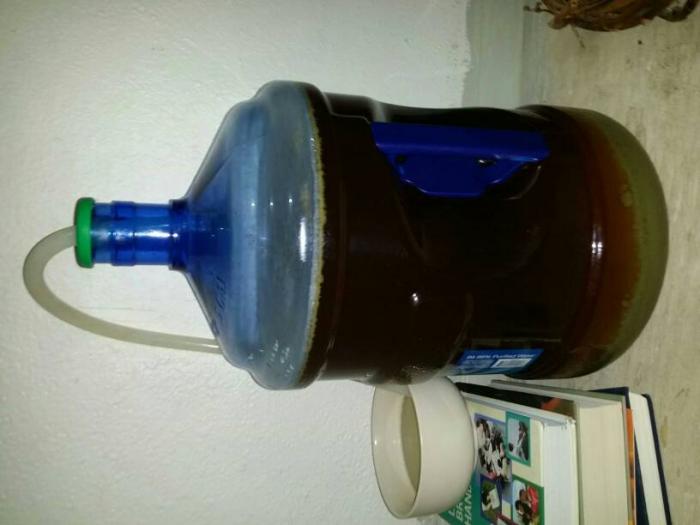Agree with the above. Headspace in primary is often essential. Fermentation will shove out any O2/airborn particles that might otherwise infect your beer, and you need room for krausen. Headspace in the secondary/bright tank is a no-no because you no longer have the production of C02. You want to minimize surface area in secondary, which is why using buckets for secondary is such a no-no. Big flat surface of beer that anything can land on when you open the lid is just asking for trouble.
My $0.02 on secondary/bright tanks. If I was planning on bottling a batch, I wouldn't do a secondary. No point. You're getting sediment in the bottles anyway from the carbonation process.
Kegged batches, however, always get one. Racking directly from primary to either a keg or bottling bucket will invariably scoop up some amount of the trub. Not an issue for bottling, as I said. With kegging, I use a bright tank to get the beer off the yeast once fermentation/conditioning is complete, and I give it another 2-3 weeks at 35F for ales, and 6 weeks for most lagers. Yes, I lager my ales, though for a short-ish period of time compared to actual lagers. Even more yeast settles out during this process, and while you can theoretically just leave it in the primary to allow the additional settling to happen, it's been my experience that significantly less trub is sucked up during the second racking (to the keg from the bright tank) because there was less to begin with in that vessel. Also, frankly, it's just easier to see how much more has settled when you've moved it to a new vessel.
By the time I finish a keg, and open it for cleaning, I have practically no sediment at the bottom, and I really don't have the "first pint or two are cloudy/yeasty" issue.
When you secondary, you ARE increasing your risk for infection/oxidation of the beer. This is logical, because you're adding a new vessel and transfer step. Those who caution against secondaries are right to voice this concern, but with proper technique and sanitation, it's really not that big of an issue.
[edit] Saw the above question which came in as I was typing. With my brews, I measure for my mash/sparge and approximate boil off. Whether I end up with 5.5g in the fermentor, or 5.25g or something in that range is all acceptable. The only time I ever had to top off was a crazy hot day where I ended up with only 4.5, and an OG that was way too high for the style I was making.















































![Craft A Brew - Safale BE-256 Yeast - Fermentis - Belgian Ale Dry Yeast - For Belgian & Strong Ales - Ingredients for Home Brewing - Beer Making Supplies - [3 Pack]](https://m.media-amazon.com/images/I/51bcKEwQmWL._SL500_.jpg)










